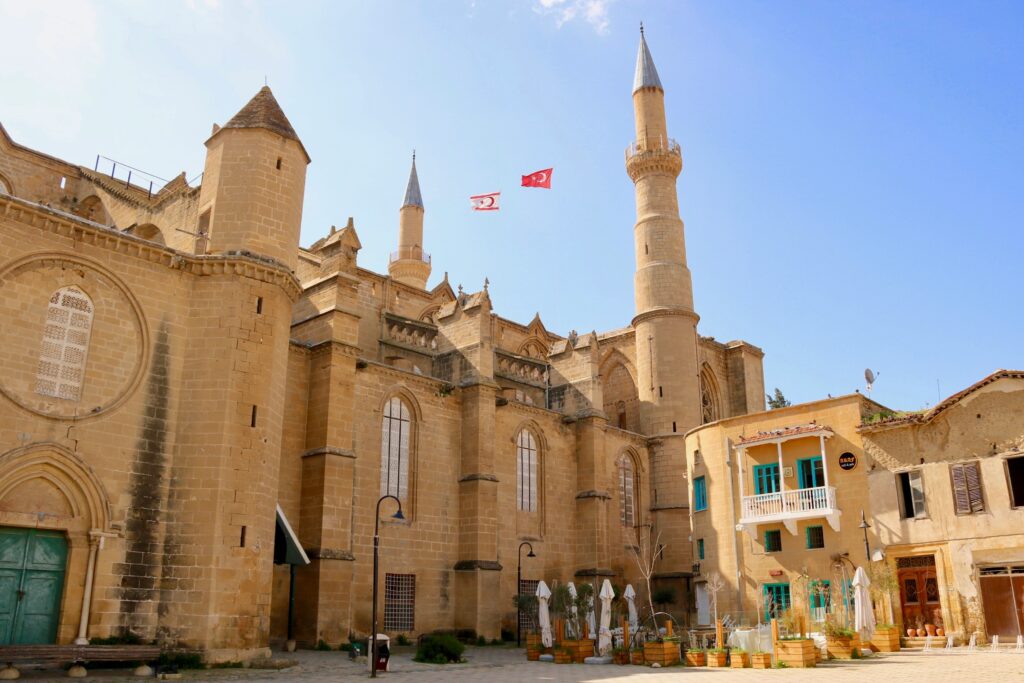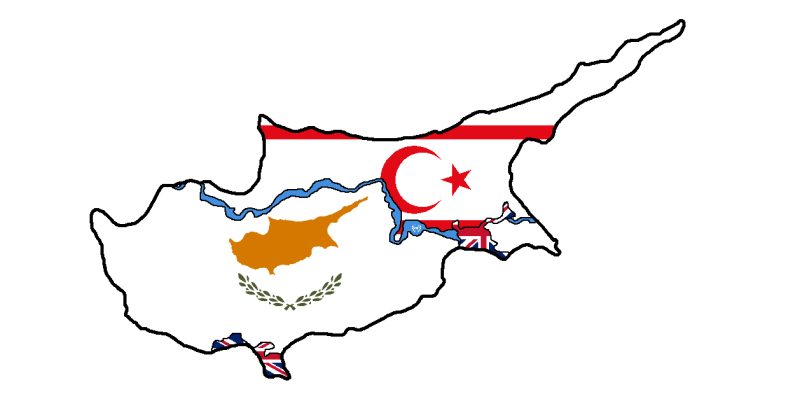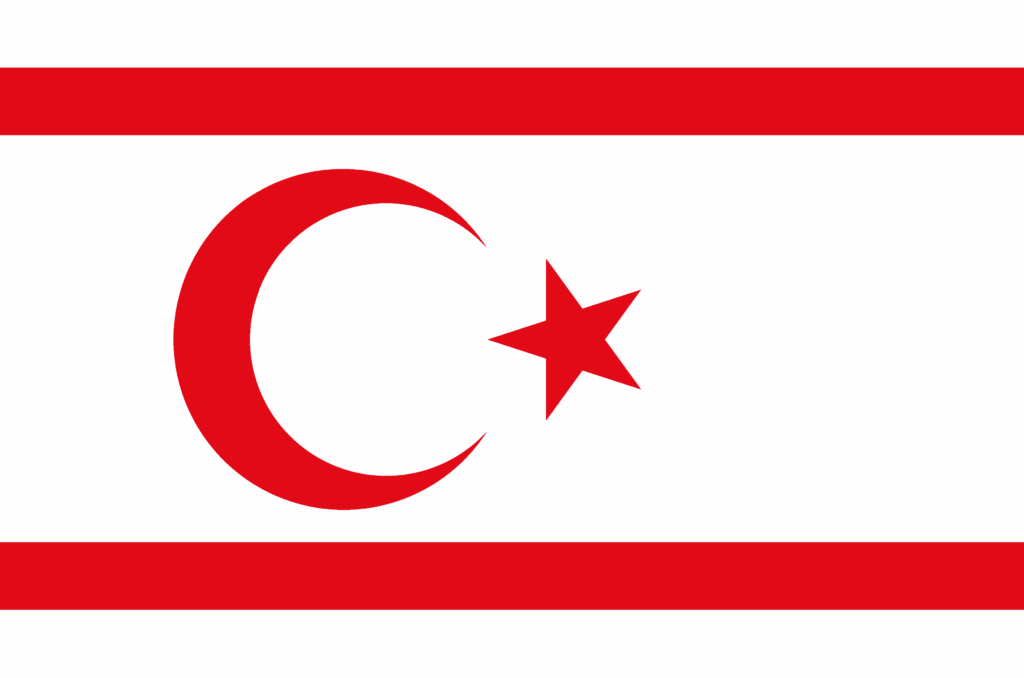The roots of the Cyprus conflict can be traced back to the British colonial period, which lasted from 1878 to 1959. This era laid the groundwork for future tensions between Greek and Turkish Cypriots. Britain’s acquisition of Cyprus as a protectorate in 1878 marked the beginning of a complex political landscape.
The British Colonial Era: Seeds of Discord
The island’s strategic importance in the Mediterranean made it a valuable asset for the British Empire. As the colonial power, Britain implemented policies that would have far-reaching consequences for Cyprus’s future. The Greek Cypriot majority’s desire for enosis, or union with Greece, was met with resistance from both the British authorities and the Turkish Cypriot minority. This period saw the emergence of nationalist sentiments and the seeds of intercommunal strife that would later blossom into full-scale conflict.

The Struggle for Independence
The years between 1955 and 1959 witnessed a tumultuous struggle for Cypriot independence. This period was marked by intense violence and political maneuvering. The Greek Cypriot organization EOKA (National Organization of Cypriot Fighters) launched a guerrilla campaign against British rule, aiming to achieve enosis. In response, the British colonial administration adopted a divide-and-rule strategy, pitting Turkish Cypriots against their Greek counterparts. This tactic exacerbated existing tensions between the two communities. The formation of the Turkish Resistance Organization (TMT) further heightened the animosity. As the conflict escalated, it became clear that a compromise solution was necessary. The Zürich and London Agreements of 1959 paved the way for Cyprus’s independence, but they also laid the foundation for future discord.

The Birth of a Divided Nation
Cyprus gained independence in 1960, but the new state was built on shaky ground. The constitution, designed to balance the interests of both communities, proved to be a source of contention. President Archbishop Makarios III attempted to navigate the treacherous waters of Cypriot politics, but his efforts were often met with suspicion from both sides.
The Turkish Cypriot community, fearing marginalization, began to advocate for taksim, or partition of the island. Tensions reached a boiling point in 1963 when Makarios proposed constitutional amendments that were perceived as threatening to Turkish Cypriot rights. This led to intercommunal violence and the effective separation of the two communities. The deployment of the United Nations Peacekeeping Force in Cyprus (UNFICYP) in 1964 was a testament to the international community’s concern over the deteriorating situation.

The 1974 Crisis

The events of 1974 marked a pivotal moment in the Cyprus conflict. A coup d’état, backed by the Greek military junta, overthrew President Makarios and installed a pro-enosis government. This action prompted Turkey to intervene militarily, citing its role as a guarantor power under the 1960 constitution. The Turkish invasion resulted in the de facto partition of the island, with the northern third coming under Turkish control. Thousands of Cypriots were displaced, creating a refugee crisis that continues to have repercussions today.
The establishment of the Turkish Republic of Northern Cyprus in 1983, recognized only by Turkey, further solidified the division. Despite numerous attempts at reunification, including the failed Annan Plan referendum in 2004, Cyprus remains divided, serving as a stark reminder of the long-lasting impact of historical conflicts and colonial legacies.








